This article explores the duration and factors influencing the time it takes to fill two cavities during a dental appointment, providing insights for patients and dental professionals alike. Understanding the intricacies of dental procedures can significantly improve patient experience and expectations.
Understanding Dental Cavities
Dental cavities, also known as caries, are areas of decay on the teeth caused by bacteria that produce acids, leading to the demineralization of tooth enamel. This process can result in pain, infection, and even tooth loss if left untreated. Regular dental check-ups are crucial in identifying cavities early, which can minimize treatment time and complexity.
What Are the Types of Cavity Fillings?
There are several types of materials used for cavity fillings, each with unique properties:
- Amalgam Fillings: These are durable and often used for back teeth due to their strength.
- Composite Fillings: These are tooth-colored, providing a more aesthetic option for visible teeth.
- Ceramic Fillings: Made from porcelain, these provide excellent durability and aesthetics.
- Glass Ionomer Fillings: These are often used in children’s teeth and release fluoride to help protect against further decay.
Factors Influencing Filling Duration
The time it takes to fill cavities can vary based on several factors:
- Type of Filling Material: Some materials require more time to set or cure.
- Location of Cavities: Cavities in harder-to-reach areas may take longer to fill.
- Patient’s Dental Health: A patient with a history of dental issues may require additional time for treatment.
Typical Time Frame for Filling Cavities
On average, filling two cavities can take anywhere from 30 minutes to an hour. However, this duration can fluctuate based on the aforementioned factors. For instance, if a patient has a complex cavity or requires multiple layers of filling material, the process may extend beyond the typical time frame.
What to Expect During a Filling Appointment
During a filling appointment, patients can expect the following steps:
- Consultation: The dentist will evaluate the cavities and discuss the best treatment options.
- Anesthesia: Local anesthesia is often administered to minimize discomfort.
- Decay Removal: The dentist will remove the decayed portion of the tooth.
- Filling Application: The chosen filling material is applied and shaped to restore the tooth’s function.
Local Anesthesia and Its Role
Local anesthesia is a critical component in the filling process, ensuring that patients remain comfortable during the procedure. It works by blocking nerve signals in the affected area, thus minimizing pain. Patients may feel pressure but should not experience sharp pain during the filling.
Aftercare Following Cavity Fillings
Post-treatment care is essential for optimal healing. Patients are advised to:
- Avoid hard foods for at least 24 hours.
- Practice good oral hygiene to prevent further decay.
- Attend follow-up appointments as recommended by the dentist.
Potential Complications from Fillings
While cavity fillings are generally safe, complications can arise, such as:
- Allergic Reactions: Some patients may be allergic to certain filling materials.
- Post-Operative Sensitivity: Temporary sensitivity to hot or cold may occur.
- Filling Failure: In rare cases, a filling may come loose or fall out.
How Many Cavities Can Be Filled in One Visit?
Patients often wonder about the limits on how many cavities can be treated in a single appointment. Generally, dentists can fill multiple cavities in one visit, depending on the patient’s comfort level and the complexity of the cavities.
Cost Considerations for Filling Cavities
The cost of filling cavities varies widely based on factors such as location, type of filling material, and dental insurance coverage. Patients should consult with their dentist and insurance provider to understand the potential costs involved.
When to Schedule Your Next Dental Visit
Regular dental check-ups are essential for maintaining oral health. It is generally recommended to visit the dentist every six months for routine check-ups and cleanings to prevent cavities and other dental issues.
Importance of Preventive Dental Care
Preventive care plays a crucial role in avoiding cavities and maintaining overall dental health. This includes regular check-ups, professional cleanings, and practicing good oral hygiene at home.
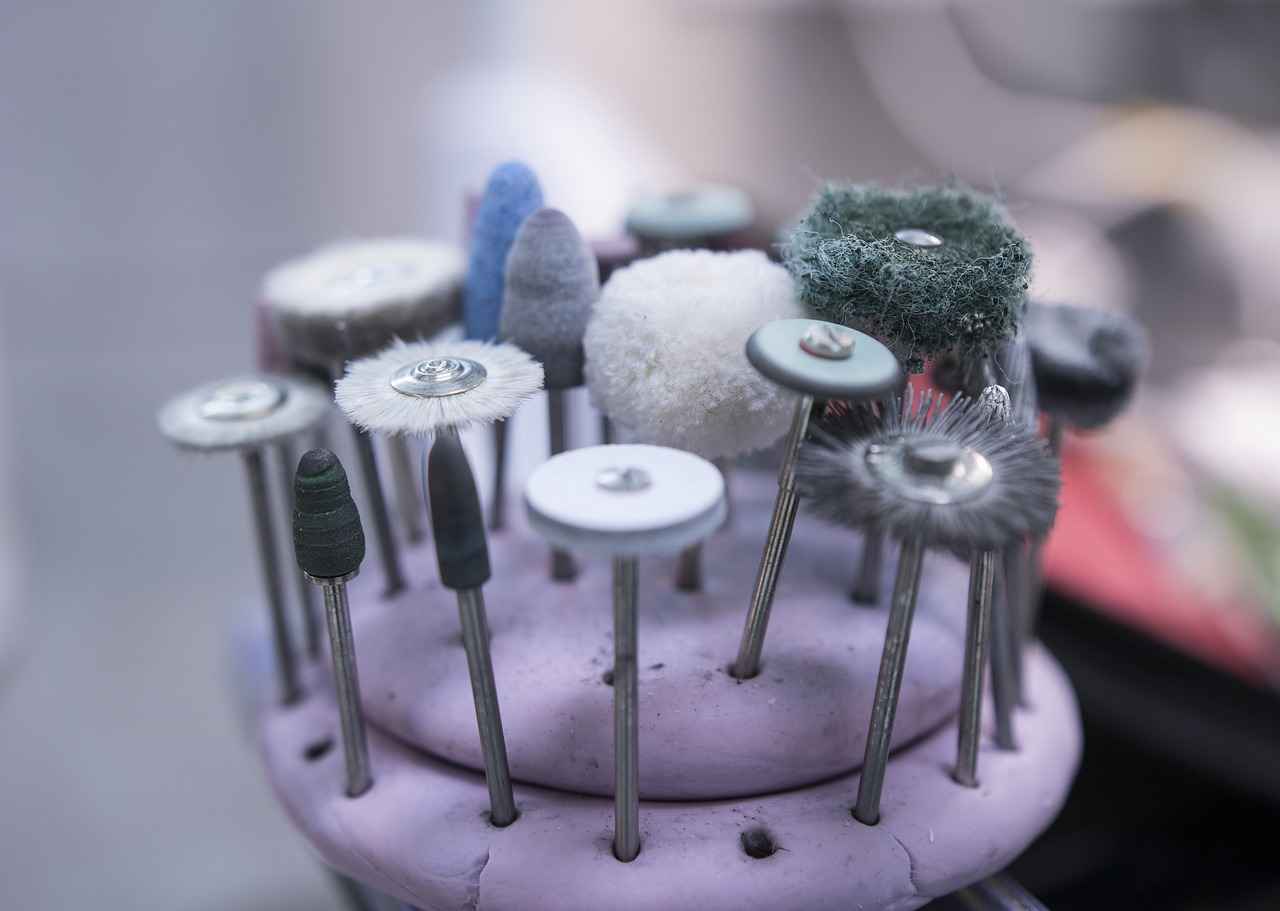
Understanding Dental Cavities
Dental cavities, also known as caries or tooth decay, are prevalent oral health issues that affect individuals of all ages. These cavities form when the hard surface of the teeth, known as enamel, is damaged by acids produced by bacteria that feed on sugars in the mouth. Understanding the process of cavity formation is crucial for maintaining oral health and preventing further complications.- What Causes Dental Cavities? The primary cause of dental cavities is the combination of bacteria, sugars, and poor oral hygiene. When food particles remain on the teeth, bacteria thrive and produce acids that erode enamel. Over time, this process leads to the formation of holes or cavities in the teeth.
- Stages of Cavity Development: The development of cavities can be categorized into several stages:
- Initial Demineralization: The first stage involves the loss of minerals from the enamel, which can be reversed with proper oral hygiene.
- Enamel Decay: If left untreated, the demineralization progresses, leading to visible decay.
- Dentin Involvement: As decay advances, it reaches the dentin layer, causing increased sensitivity and pain.
- Pulp Infection: In severe cases, the decay can reach the pulp, leading to infections and requiring more invasive treatments.
- Risk Factors for Cavities: Several factors can increase the likelihood of developing cavities, including:
- Poor Oral Hygiene: Inadequate brushing and flossing allow plaque buildup.
- Diet High in Sugars: Frequent consumption of sugary snacks and drinks fuels cavity-causing bacteria.
- Dry Mouth: Reduced saliva flow can hinder the mouth’s ability to neutralize acids.
- Age: Children and older adults are more susceptible due to varying enamel strength and oral hygiene habits.
Symptoms of Cavities: Early stages of cavities may not present noticeable symptoms. However, as they progress, individuals may experience:
- Sensitivity: Pain or discomfort when consuming hot, cold, or sweet foods.
- Visible Holes: Dark spots or holes in the teeth.
- Toothache: Persistent pain that may indicate deeper decay.
Importance of Timely Dental Care: Recognizing the signs and symptoms of cavities and seeking timely dental care is essential to prevent further damage. Regular dental check-ups allow for early detection and treatment, which can save teeth and reduce the need for more extensive procedures.
In summary, understanding dental cavities involves recognizing their causes, stages, risk factors, and symptoms. By maintaining good oral hygiene and scheduling regular dental visits, individuals can significantly reduce their risk of developing cavities and promote overall dental health.
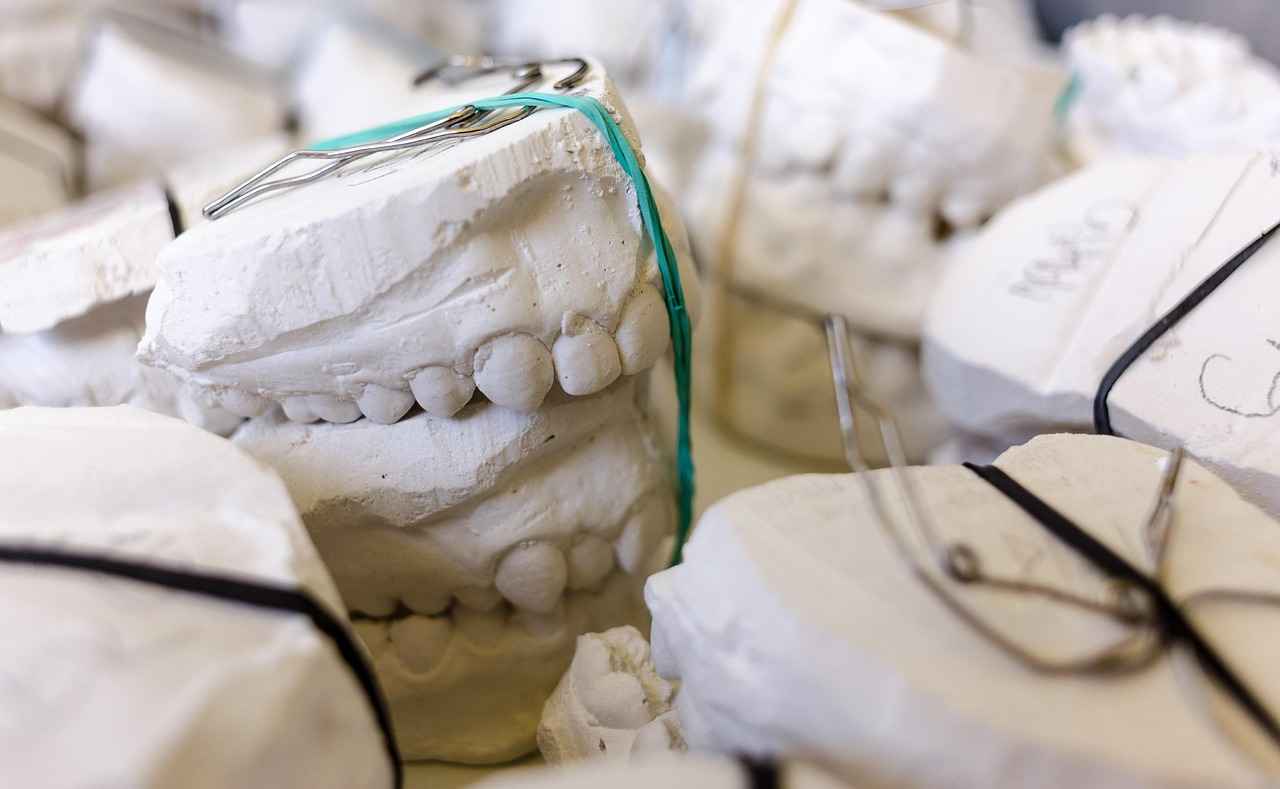
What Are the Types of Cavity Fillings?
Cavity fillings are essential in restoring teeth affected by decay. Understanding the various materials available for fillings can empower patients to make informed decisions regarding their dental treatments. Each type of filling material has unique properties, benefits, and drawbacks, which can significantly influence the overall treatment experience and long-term outcomes.
- Amalgam Fillings: Amalgam fillings are a mixture of metals, including silver, mercury, tin, and copper. They are known for their durability and strength, making them ideal for filling cavities in the back teeth where chewing pressure is greatest. However, their metallic appearance may not be aesthetically pleasing for some patients.
- Composite Resin Fillings: Composite fillings are made from a mixture of plastic and fine glass particles, allowing them to match the natural color of teeth. This makes them a popular choice for fillings in visible areas. While they are less durable than amalgam, advancements in technology have improved their longevity and resistance to wear.
- Glass Ionomer Fillings: Made from a blend of acrylic and glass, glass ionomer fillings release fluoride, which can help protect the tooth from further decay. They are often used in areas not subject to heavy chewing pressure and are suitable for children. However, they are generally less durable than other materials and may wear down more quickly.
- Resin Ionomer Fillings: Similar to glass ionomer fillings, resin ionomers contain added resins for enhanced durability and aesthetics. They are often used in areas that are not subjected to heavy chewing forces and can provide a good balance between strength and appearance.
- Ceramic Fillings: Ceramic fillings, often made from porcelain, are highly durable and can be color-matched to the natural tooth. They are more resistant to staining compared to composite fillings and are an excellent choice for patients looking for aesthetic options. However, they can be more expensive and may require multiple visits for placement.
- Gold Fillings: Gold fillings are made from a gold alloy and are known for their durability and longevity. They are highly resistant to wear and can last many years, making them an excellent long-term investment. However, the high cost and noticeable appearance make them less popular for many patients.
When choosing a filling material, patients should consider factors such as location of the cavity, budget, and personal preferences. Consulting with a dental professional can provide valuable insights into which material may be the best fit based on individual circumstances. Understanding these options not only helps in making a choice but also enhances the overall dental experience.
In summary, the variety of cavity filling materials available today ensures that patients can find a solution that meets their needs and preferences. From durable amalgam to aesthetically pleasing composite and ceramic options, each material has its own set of advantages and disadvantages. Being informed about these can lead to better decision-making and ultimately, improved dental health.

Factors Influencing Filling Duration
Filling cavities is a common dental procedure, but the time it takes to complete the process can vary significantly. Understanding the various factors that influence the duration of cavity fillings can help patients prepare for their dental visits. Here, we will explore the key elements that affect filling duration, ensuring you have a comprehensive understanding of what to expect.
- Type of Filling Material: The choice of filling material plays a crucial role in determining how long the procedure will take. Common materials include amalgam, composite resin, glass ionomer, and porcelain. Amalgam fillings, for instance, are typically quicker to place compared to composite fillings, which require more time for layering and curing.
- Location of Cavities: The location of the cavities within the mouth can also impact the duration of the procedure. Cavities located in hard-to-reach areas, such as the back molars, may take longer to fill due to the complexity of the access required. In contrast, cavities on the front teeth are generally easier to treat and can be completed more quickly.
- Size and Depth of Cavities: The size and depth of the cavities are significant factors. Larger or deeper cavities necessitate more extensive treatment, which can prolong the filling process. Dentists may need to remove more decayed tooth material, which adds to the time required.
- Patient’s Dental Health: A patient’s overall dental health can influence the duration of filling. Patients with existing dental issues, such as gum disease or multiple cavities, may require additional time for treatment. Furthermore, individuals with anxiety or discomfort during dental procedures may need more time for the dentist to ensure they are comfortable.
- Experience of the Dentist: The skill and experience of the dentist performing the filling can greatly affect the time taken. An experienced dentist may work more efficiently, completing the procedure faster than someone who is less experienced.
- Use of Anesthesia: The application of local anesthesia is often necessary to ensure patient comfort during cavity fillings. The time taken for the anesthesia to take effect can add to the overall duration of the appointment.
In summary, the time required to fill cavities can vary based on multiple factors, including the type of filling material, the location and size of the cavities, the patient’s dental health, the dentist’s experience, and the use of anesthesia. Understanding these factors can help patients manage their expectations and prepare for their dental visits effectively.
By being informed, patients can engage more actively in their dental care, leading to better outcomes and a more comfortable experience overall.

Typical Time Frame for Filling Cavities
When it comes to dental procedures, understanding the typical time frame for filling cavities is essential for patients. On average, filling two cavities can take anywhere from 30 minutes to an hour. However, this duration can vary significantly based on several factors. In this section, we will explore these factors in detail, providing valuable insights for both patients and dental professionals.
Factors Influencing Filling Duration
- Type of Filling Material: Different materials, such as amalgam, composite resin, and glass ionomer, can influence the time required for the procedure. For instance, composite fillings may take longer to apply due to the layering process involved.
- Location of Cavities: Cavities located in difficult-to-reach areas, such as the back molars, may require more time for the dentist to access and fill properly.
- Number of Cavities: While we are focusing on two cavities, if a patient has multiple cavities, the dentist may need to allocate additional time to ensure each one is treated thoroughly.
- Patient’s Dental Health: A patient’s overall dental health can impact procedure time. For example, if a patient has underlying gum disease or other issues, the dentist may need to spend extra time addressing these concerns before filling the cavities.
- Experience of the Dentist: A skilled and experienced dentist may complete the procedure more efficiently than a less experienced practitioner, potentially reducing the time required.
What to Expect During the Procedure
During the filling process, patients can expect the following steps:
- Initial Assessment: The dentist will first assess the cavities using X-rays and a visual examination.
- Anesthesia Administration: To ensure patient comfort, local anesthesia is typically administered, which may add a few minutes to the overall time.
- Cavity Preparation: The dentist will then remove the decayed portion of the tooth, which can take a varying amount of time depending on the cavity’s depth and location.
- Filling Application: Once the cavity is prepared, the filling material is applied. This step can take longer for certain materials, such as composites, which may require curing with a special light.
- Final Adjustments: After the filling is placed, the dentist will make any necessary adjustments to ensure proper bite alignment, which is crucial for patient comfort.
In conclusion, while the average time for filling two cavities ranges from 30 minutes to an hour, various factors can influence this duration. Understanding these factors can help patients feel more prepared and informed about their dental appointments.
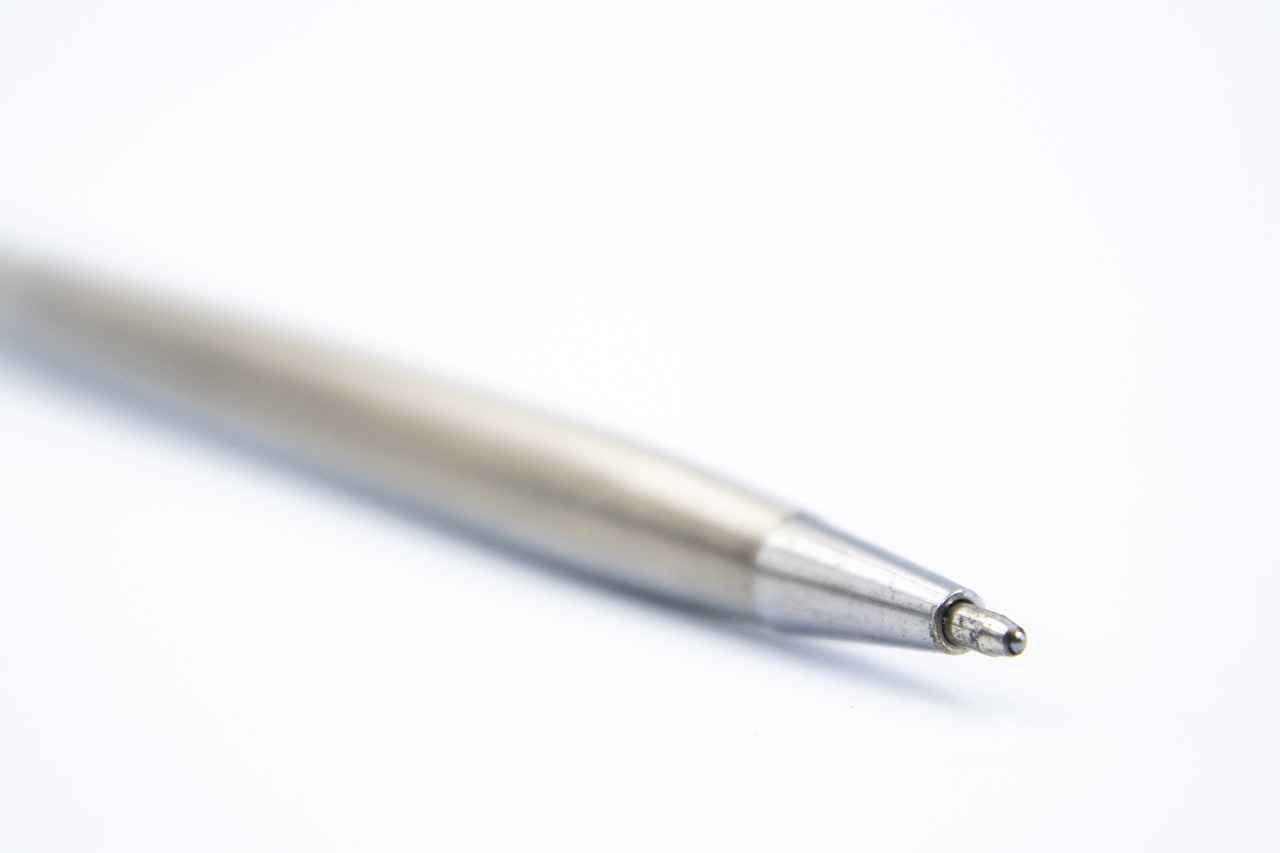
What to Expect During a Filling Appointment
When preparing for a dental filling appointment, understanding the procedure can significantly ease any apprehension. Many patients feel anxious about visiting the dentist, particularly when it involves treatments like fillings. However, knowing what to expect can help patients feel more comfortable and informed.
Arrival and Initial ConsultationUpon arrival at the dental office, patients will typically check in and may be asked to fill out some paperwork if they are new to the practice. Once settled, the dentist or dental assistant will take a few minutes to discuss the patient’s dental history and any concerns they may have. This is a great time for patients to ask questions and express any fears regarding the procedure.
Preparation for the ProcedureBefore the filling begins, the dentist will examine the affected tooth using X-rays if necessary. This helps in assessing the extent of the decay and determining the best approach for the filling. Once the dentist is ready to proceed, the area around the tooth will be numbed using a local anesthetic. This step is crucial as it minimizes discomfort during the procedure. Patients may feel a slight pinch or sting when the anesthetic is administered, but this sensation quickly subsides.
The Filling ProcedureAfter the anesthetic takes effect, the dentist will start by drilling out the decayed portion of the tooth. This process might create some vibrations and sounds, but patients should not feel any pain due to the anesthesia. The dentist will then clean the cavity to remove any debris and bacteria. Once the tooth is prepared, the filling material will be placed into the cavity. There are various types of filling materials available, including composite resin, amalgam, and gold, each with its own benefits.
Post-Filling CareAfter the filling is completed, the dentist will check the bite to ensure everything feels comfortable. Patients may experience some numbness in their lips and tongue due to the anesthetic, which will wear off in a few hours. It is advisable to avoid eating or drinking hot beverages until the numbness has completely dissipated to prevent accidental injury.
Follow-Up and AftercareOnce the procedure is done, the dentist will provide aftercare instructions. These may include recommendations for pain management, such as over-the-counter pain relievers, and tips for maintaining oral hygiene. Patients should be aware that some sensitivity to hot or cold may occur in the days following the filling, but this should gradually improve.
ConclusionUnderstanding the steps involved in a filling appointment can help demystify the process and reduce anxiety. By knowing what to expect, patients can approach their dental visits with confidence, ensuring a smoother experience overall. Regular dental check-ups and timely fillings are essential for maintaining optimal oral health, so staying informed is key to a positive dental journey.

Local Anesthesia and Its Role
Local anesthesia is a critical component in modern dentistry, especially during procedures like cavity fillings. It plays a vital role in ensuring that patients experience minimal discomfort, allowing for a smoother and more efficient dental process. Understanding how local anesthesia works can help alleviate anxiety for those who might be apprehensive about dental visits.
What is Local Anesthesia?
Local anesthesia involves the administration of medication to a specific area of the body, numbing sensation and pain in that localized region. In dentistry, it is usually delivered through an injection or topical application directly to the gums surrounding the affected tooth. The most commonly used local anesthetics include lidocaine and articaine, which block nerve signals in the area, preventing pain perception during dental procedures.
The Importance of Local Anesthesia in Dental Fillings
When it comes to cavity fillings, local anesthesia is essential. Dental cavities can cause significant discomfort, and filling them without anesthesia would likely lead to a painful experience for the patient. By numbing the area, dentists can work more effectively, ensuring that the filling process is as quick and painless as possible. This not only enhances patient comfort but also allows the dentist to focus on the procedure without the patient moving or reacting due to pain.
How Does Local Anesthesia Work?
The process begins with the dentist evaluating the patient’s needs and determining the appropriate anesthetic. Once the decision is made, the dentist will typically clean the area and may apply a topical anesthetic to minimize the sting of the injection. After delivering the local anesthetic, patients usually feel a tingling sensation followed by numbness in the targeted area. This effect can last for a couple of hours, allowing ample time for the filling procedure to be completed.
Benefits of Using Local Anesthesia
The benefits of local anesthesia extend beyond just pain relief. It also reduces anxiety, as patients are more likely to relax knowing they won’t feel pain during the procedure. Additionally, local anesthesia allows for quicker recovery times compared to general anesthesia, where patients may need more time to regain full consciousness and may experience lingering grogginess.
Potential Side Effects
While local anesthesia is generally safe, there can be minor side effects such as swelling, bruising at the injection site, or temporary numbness that may extend beyond the intended area. In rare cases, patients may experience allergic reactions or other complications. It is crucial for patients to communicate any concerns or previous reactions to their dentist before undergoing treatment.
Conclusion
In summary, local anesthesia is an indispensable part of the cavity filling process. By effectively minimizing pain and anxiety, it allows for a more pleasant dental experience. Patients are encouraged to discuss any concerns regarding local anesthesia with their dental professionals to ensure a comfortable and successful treatment outcome.

Aftercare Following Cavity Fillings
After undergoing a cavity filling procedure, post-treatment care is essential for a smooth recovery and to minimize complications. Understanding how to care for your teeth after fillings can significantly impact your overall dental health. Here are some important guidelines and tips for optimal healing.
- Wait Before Eating: After your filling, it’s advisable to wait at least 30 minutes before consuming any food or drinks. This allows the anesthesia to wear off, reducing the risk of biting your cheek or tongue.
- Avoid Hard or Sticky Foods: For the first 24 hours, steer clear of hard or sticky foods that could dislodge the filling or cause discomfort. Opt for softer options like yogurt, mashed potatoes, or smoothies.
- Maintain Oral Hygiene: Continue to brush and floss your teeth, but do so gently around the filled area. Using a soft-bristled toothbrush can help avoid irritation. It’s crucial to keep the area clean to prevent infection.
- Monitor for Sensitivity: Some patients experience sensitivity to hot or cold temperatures after fillings. If this sensitivity persists beyond a few days, consult your dentist for advice.
- Use Pain Relief if Necessary: Over-the-counter pain relief medications can be helpful if you experience discomfort. However, consult your dentist for recommendations tailored to your specific situation.
- Follow-Up Appointments: Don’t skip your follow-up visits. These appointments are vital for your dentist to monitor the filling and ensure that everything is healing correctly.
It is also important to recognize the signs of potential complications. If you notice any of the following symptoms, contact your dentist immediately:
- Persistent pain that worsens over time
- Swelling or redness around the filling site
- Difficulty chewing or biting down
- Any signs of infection, such as fever or pus
Taking proper care of your dental fillings not only promotes healing but also extends the lifespan of the filling itself. Regular dental check-ups and maintaining good oral hygiene practices are crucial in preventing further decay and ensuring your overall dental health remains intact.
In summary, the aftercare following cavity fillings is a vital aspect of dental treatment. By following these guidelines and being mindful of your oral health, you can ensure a smooth recovery and maintain your beautiful smile.
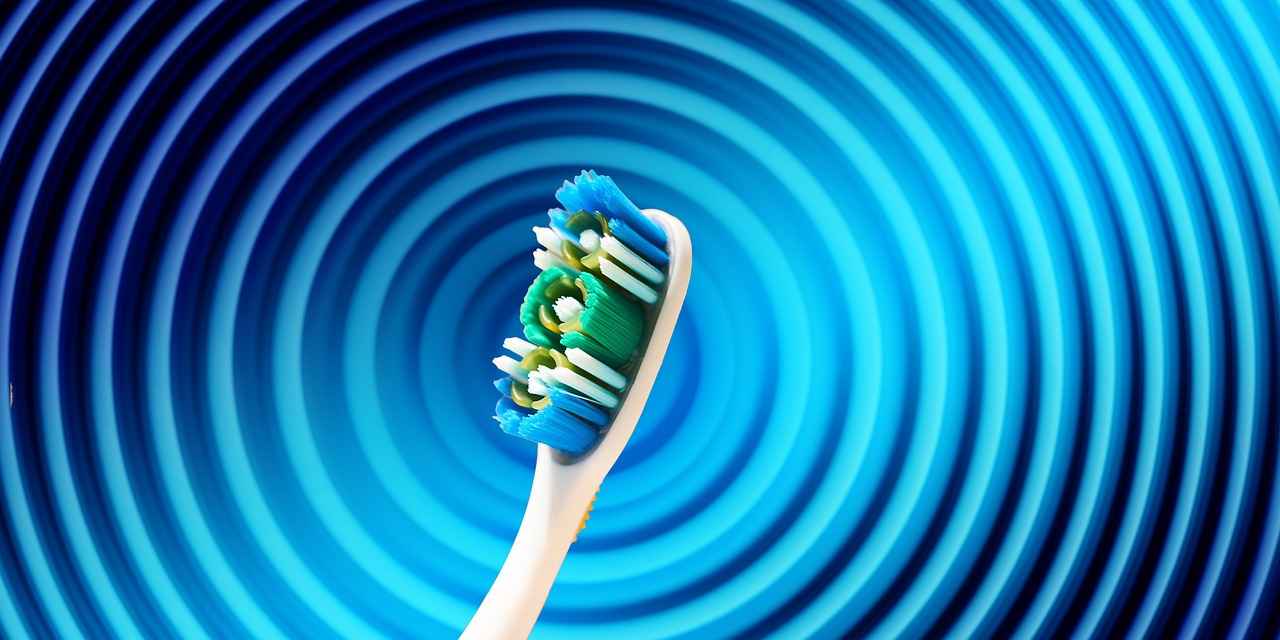
Potential Complications from Fillings
Cavity fillings are a common dental procedure aimed at restoring teeth affected by decay. While these treatments are generally safe and effective, it’s essential for patients to be aware of potential complications that may arise. Understanding these risks can empower individuals to recognize when they should seek further dental care.
- Allergic Reactions: Some patients may experience allergic reactions to the materials used in fillings, such as amalgam or composite resins. Symptoms can include itching, swelling, or rashes around the mouth. If any of these symptoms occur, it is important to contact your dentist immediately.
- Post-Operative Sensitivity: After receiving a filling, it is common for patients to experience sensitivity to hot, cold, or sweet foods. This sensitivity usually subsides within a few weeks. However, if the discomfort persists or worsens, it may indicate a deeper issue, such as an improperly placed filling or nerve damage.
- Infection: Although rare, infections can occur if bacteria are trapped beneath a filling. Signs of infection may include persistent pain, swelling, or discharge from the affected area. If you suspect an infection, seek dental care promptly to prevent further complications.
- Filling Failure: Fillings can wear down over time or become loose, leading to the need for replacement. Patients should monitor their fillings and report any changes in their condition to their dentist. Regular check-ups are crucial for assessing the integrity of existing fillings.
- Tooth Fracture: In some cases, the process of placing a filling can weaken the tooth structure, making it more susceptible to fractures. If a tooth fractures after a filling, it may require additional treatment, such as a crown or even extraction.
To minimize the risk of complications, patients should follow their dentist’s aftercare instructions diligently. This includes avoiding hard foods immediately after the procedure and maintaining good oral hygiene practices. Regular dental visits are essential for monitoring the condition of fillings and overall dental health.
In conclusion, while cavity fillings are a routine dental procedure, being informed about potential complications can help patients make educated decisions regarding their dental care. If you experience any unusual symptoms following a filling, do not hesitate to reach out to your dentist for further evaluation and treatment.
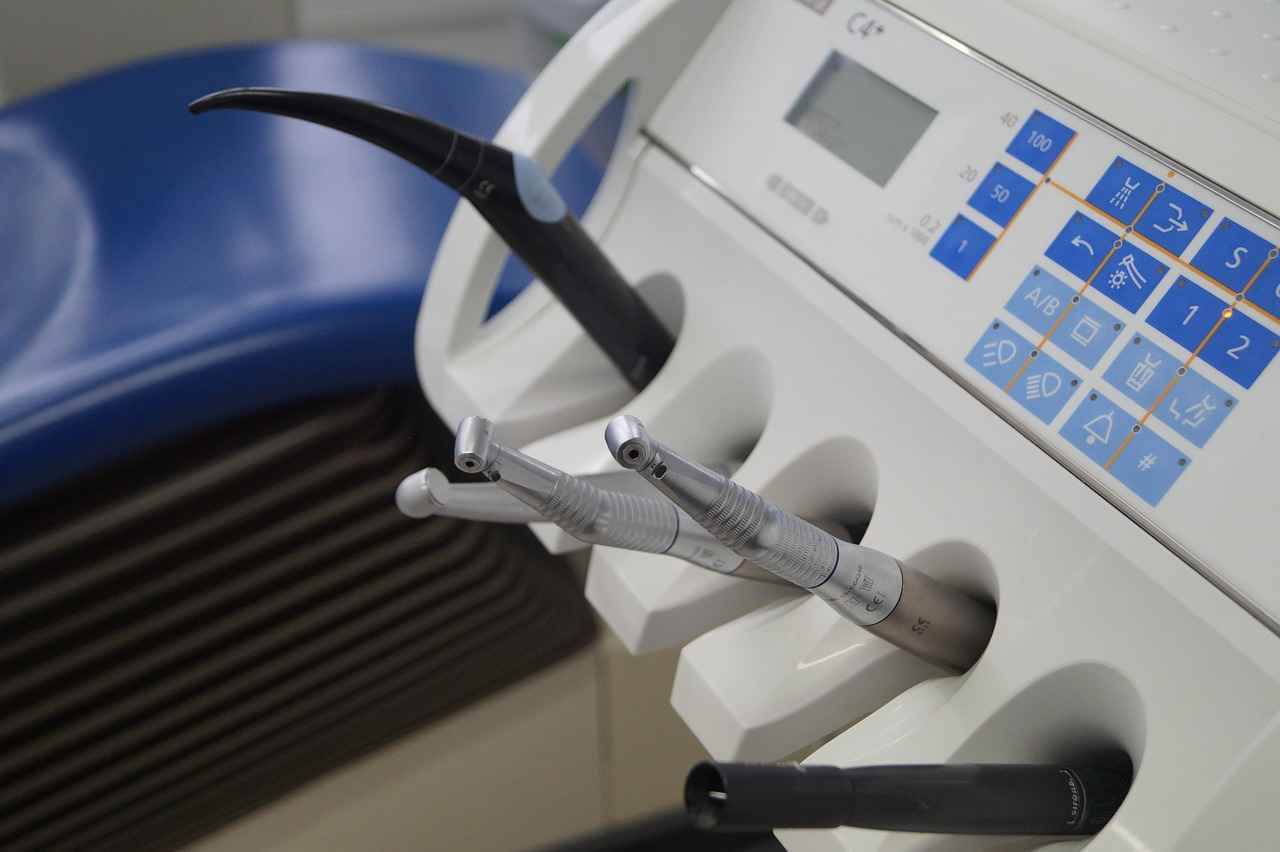
How Many Cavities Can Be Filled in One Visit?
Many patients often find themselves curious about the limits on how many cavities can be treated in a single dental appointment. This question arises from a combination of concern for their oral health and the desire to minimize the number of visits to the dentist. Understanding the factors that influence the number of cavities that can be filled in one sitting can provide clarity and help patients feel more comfortable during their dental appointments.
Generally, the number of cavities that can be filled in one visit varies based on several factors, including:
- Severity of Cavities: If the cavities are small and easily accessible, a dentist may be able to fill multiple cavities in one appointment. However, larger or more complicated cavities may require more time and focus, limiting the number that can be treated.
- Location of Cavities: Cavities located in hard-to-reach areas may take longer to fill. This can impact how many cavities a dentist is willing to address in one session.
- Patient’s Comfort: Some patients may experience anxiety or discomfort during dental procedures. A dentist may opt to fill fewer cavities in one visit to ensure the patient remains comfortable throughout the appointment.
- Time Constraints: The duration of the dental appointment is another critical factor. Most dental offices schedule appointments based on time slots, which may limit the number of cavities that can be filled.
On average, dentists can typically fill between one to four cavities in a single visit, depending on the factors mentioned above. For patients who have multiple cavities, it might be advisable to prioritize treatment based on the severity of each cavity. This approach not only ensures that the most critical issues are addressed promptly but also allows the patient to manage their comfort level during the procedure.
Furthermore, it’s essential for patients to communicate openly with their dentist about any concerns they may have regarding the number of cavities to be filled in one visit. Dentists are trained to assess each situation individually and will take the time to explain their recommendations based on the patient’s specific oral health needs.
In conclusion, while the number of cavities that can be treated in one visit can vary widely, understanding the influencing factors can help patients feel more informed and prepared for their dental appointments. By prioritizing communication with their dental care provider, patients can ensure they receive the most effective and comfortable care possible.
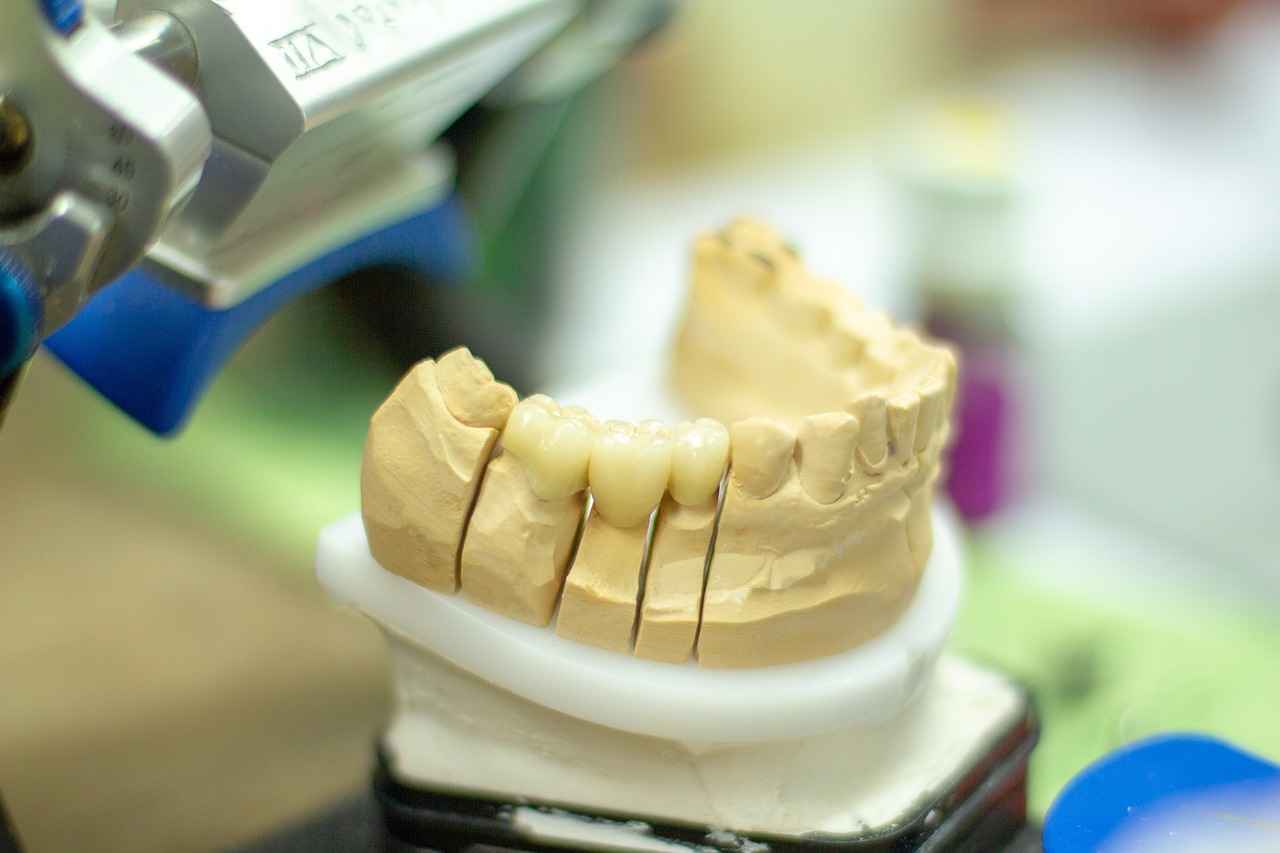
Cost Considerations for Filling Cavities
The cost of filling cavities can vary significantly depending on several factors. Understanding these factors is essential for patients to make informed decisions regarding their dental care. In this section, we will delve into the various elements that influence the cost associated with cavity fillings, including the type of filling material used, the location of the cavities, and the extent of dental insurance coverage.
- Type of Filling Material: The material used for filling cavities plays a crucial role in determining the overall cost. Common types of filling materials include:
- Amalgam Fillings: These metal fillings are durable and often less expensive, making them a popular choice for back teeth. The average cost ranges from $100 to $250 per filling.
- Composite Fillings: Made from resin, these fillings match the color of the tooth and are ideal for visible areas. However, they typically cost between $150 and $450 per filling due to their aesthetic appeal and the complexity of the application.
- Ceramic Fillings: These are made of porcelain and are highly durable. They can cost between $200 and $500 per filling, depending on the dentist’s expertise and the complexity of the procedure.
- Glass Ionomer Fillings: Often used for children, these fillings release fluoride and are generally less expensive, costing around $100 to $200.
- Location of Cavities: The location of the cavities in the mouth can also impact the cost. Fillings in hard-to-reach areas may require more time and skill, leading to higher charges. For example, fillings in molars may cost more than those in premolars or incisors.
- Dental Insurance Coverage: Patients with dental insurance may find that their plans cover a portion of the cost of fillings. It’s essential to check with your insurance provider to understand the specifics of your coverage, including co-pays and deductibles. Many plans cover basic fillings, but the extent of coverage can vary widely.
In addition to these factors, geographical location can also affect pricing. Dental practices in urban areas may charge higher fees compared to those in rural settings due to overhead costs.
Patients should also consider the long-term value of the filling material chosen. While cheaper options like amalgam may save money initially, they may not offer the same longevity or aesthetic appeal as more expensive materials like ceramics or composites.
Ultimately, discussing costs and options with your dentist will provide clarity and assist in making the best choice for your dental health and budget. By being informed about the various factors that influence the cost of cavity fillings, patients can approach their dental care with confidence and understanding.
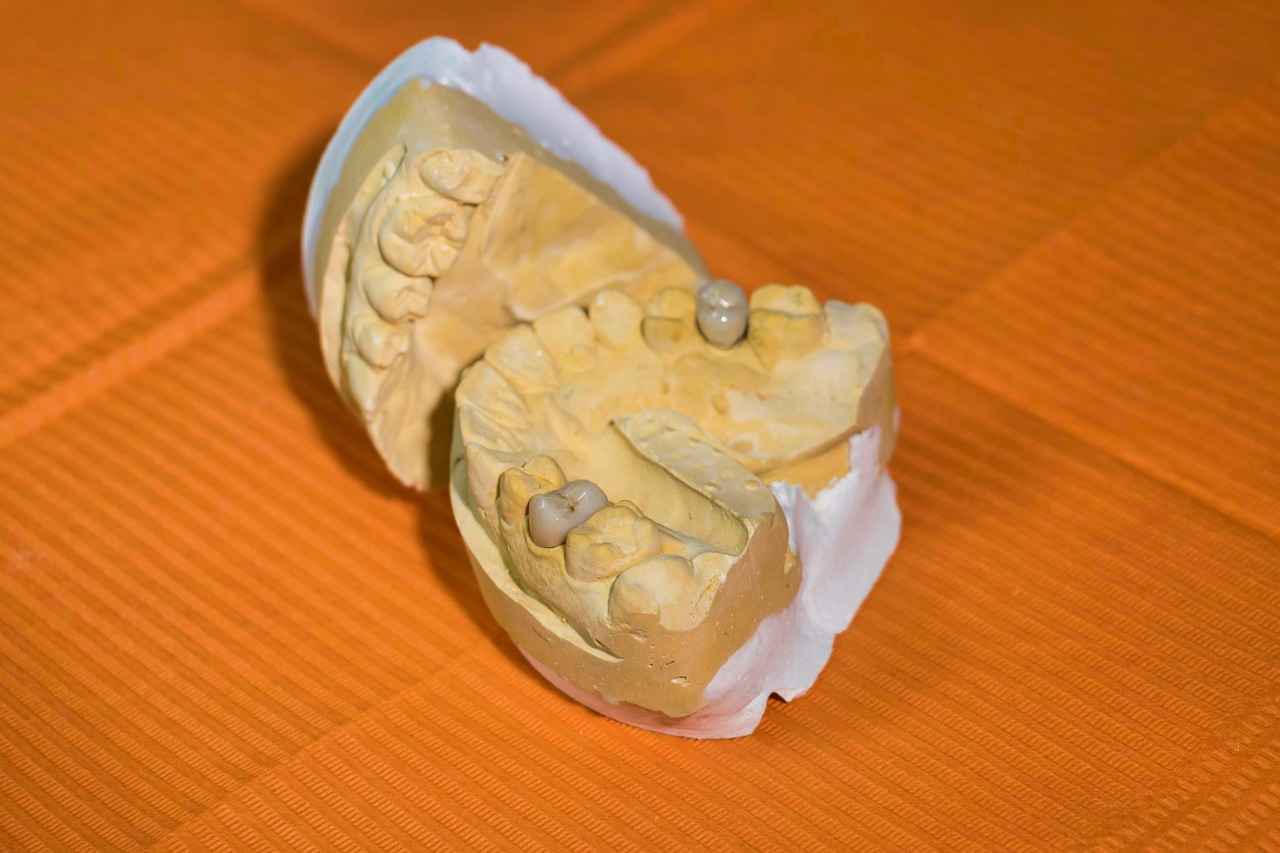
When to Schedule Your Next Dental Visit
Maintaining optimal oral health is crucial, and one of the key components in achieving this is through regular dental check-ups. Many individuals often wonder how frequently they should visit the dentist to prevent cavities and ensure their overall dental well-being. This section will provide comprehensive insights into the recommended frequency of dental visits and the factors that influence these recommendations.
Frequency of Dental Visits
Most dental professionals recommend that patients schedule a dental check-up at least twice a year. This biannual visit allows for professional cleanings and examinations, which are essential in identifying potential issues before they escalate. However, certain factors may necessitate more frequent visits:
- Age: Children and teenagers may require more frequent visits due to their developing teeth and increased risk of cavities.
- Dental History: Individuals with a history of dental issues, such as cavities or gum disease, may need to visit the dentist more often.
- Oral Hygiene Practices: Patients who do not maintain good oral hygiene may be advised to visit the dentist more frequently for professional cleanings.
- Medical Conditions: Certain health conditions, such as diabetes, can affect oral health and may require more regular dental visits.
Signs You Need to Visit the Dentist Sooner
In addition to regular check-ups, patients should be aware of signs that indicate the need for an earlier visit to the dentist. These signs include:
- Pain or Discomfort: Any persistent toothache or discomfort should prompt a visit to the dentist.
- Bleeding Gums: Frequent bleeding during brushing or flossing can be a sign of gum disease.
- Changes in Oral Health: Sudden changes in your mouth, such as sores or lumps, should be assessed by a professional.
Importance of Preventive Care
Regular dental visits are not just about filling cavities or addressing immediate issues; they are a crucial aspect of preventive care. During these appointments, dentists can:
- Perform thorough cleanings to remove plaque and tartar buildup.
- Conduct examinations to catch cavities or gum disease early.
- Provide personalized advice on maintaining good oral hygiene practices at home.
By adhering to a schedule of regular dental visits, patients can significantly reduce their risk of developing serious dental issues. Preventive care is not only cost-effective but also essential for maintaining a healthy smile.
Conclusion
In summary, scheduling regular dental visits is vital for maintaining oral health. While the general recommendation is to visit the dentist twice a year, individual circumstances may require adjustments to this frequency. Staying vigilant about oral health and recognizing when to seek professional help can lead to better outcomes and a healthier smile.
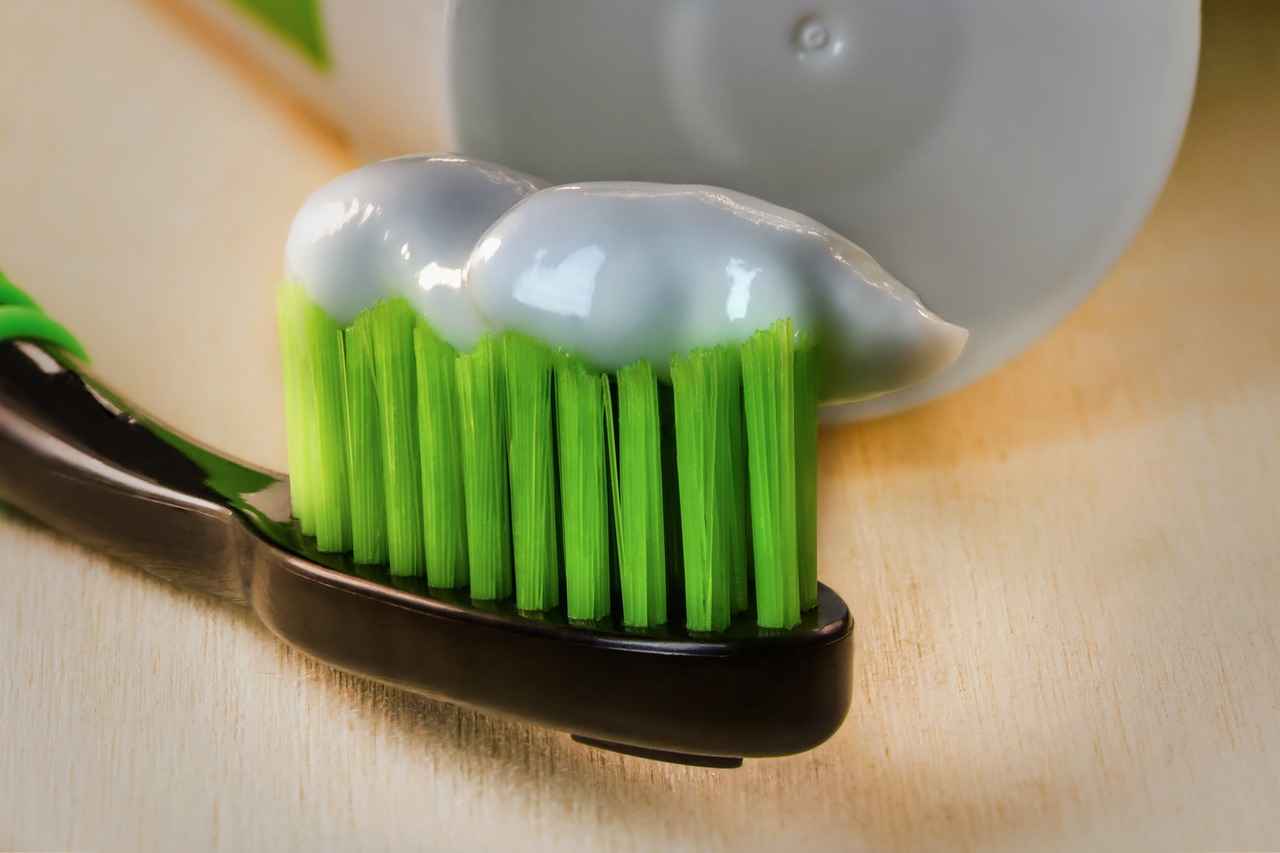
Importance of Preventive Dental Care
Preventive dental care is an essential aspect of maintaining optimal oral health and preventing issues such as cavities and gum disease. Regular dental visits and good oral hygiene practices can significantly reduce the risk of dental problems. This section will delve into the importance of preventive care, discussing its benefits and how it contributes to overall health.
What is Preventive Dental Care?
Preventive dental care encompasses a range of practices aimed at maintaining oral health and preventing dental diseases. This includes routine check-ups, professional cleanings, and patient education on proper oral hygiene techniques. By prioritizing preventive care, patients can avoid more complex and costly dental treatments in the future.
The Role of Routine Check-Ups
Routine dental check-ups are crucial for early detection of potential issues. During these visits, dental professionals can identify cavities, gum disease, and other oral health problems before they escalate. Regular check-ups typically occur every six months, allowing dentists to monitor changes in a patient’s oral health and provide timely interventions when necessary.
- Early Detection: Identifying problems early can save time and money.
- Professional Cleanings: Professional cleanings remove plaque and tartar buildup that regular brushing may miss.
- Customized Advice: Dentists can offer tailored advice based on individual oral health needs.
Good Oral Hygiene Practices
In addition to routine visits, maintaining good oral hygiene at home is vital. This includes brushing teeth at least twice a day, flossing daily, and using mouthwash to help reduce plaque and bacteria. Proper oral hygiene not only helps prevent cavities but also promotes healthy gums and fresher breath.
The Connection Between Oral Health and Overall Health
Recent studies have shown a strong link between oral health and overall health. Poor oral hygiene can lead to serious health issues, such as heart disease, diabetes, and respiratory infections. By maintaining good oral health through preventive care, individuals can potentially reduce their risk of these systemic health problems.
Cost-Effectiveness of Preventive Care
Investing in preventive dental care can be cost-effective in the long run. Regular check-ups and cleanings are often less expensive than treating advanced dental issues. Many dental insurance plans cover preventive services, making it easier for patients to prioritize their oral health.
Encouraging Children’s Preventive Care
It is crucial to instill good oral hygiene habits in children from a young age. Educating them about the importance of brushing, flossing, and regular dental visits can set the foundation for a lifetime of good oral health. Parents should also lead by example, showing their children the value of preventive care.
Conclusion
In summary, preventive dental care is a vital component of maintaining oral health. Through routine check-ups, good oral hygiene practices, and education, individuals can significantly reduce their risk of cavities and other dental issues. By taking proactive steps, patients can ensure a healthier mouth and contribute to their overall well-being.
Frequently Asked Questions
- How long does it typically take to fill two cavities?
On average, filling two cavities can take between 30 minutes to an hour, depending on various factors like the type of filling and the location of the cavities.
- What types of materials are used for cavity fillings?
Cavity fillings can be made from several materials, including amalgam, composite resin, and gold. Each type has its pros and cons, so it’s essential to discuss options with your dentist.
- Will I feel pain during the filling procedure?
Most dental professionals use local anesthesia to numb the area, so you shouldn’t feel any pain during the procedure. If you’re anxious, let your dentist know!
- Can multiple cavities be filled in one appointment?
Yes, dentists can often fill multiple cavities in one visit, but the number may depend on your comfort level and the dentist’s assessment of your dental health.
- What should I do after getting a cavity filled?
Aftercare is important! Avoid hard foods for at least 24 hours, and follow any specific instructions your dentist provides to ensure proper healing.
- How much do cavity fillings cost?
The cost can vary widely based on the filling material used and your dental insurance coverage. It’s best to check with your dentist for an accurate estimate.


